Published 10 January 2022 ● Last Updated on 11 January 2022
A new year is the perfect time to reassess, reboot and relook at all that has happened in the year gone by. Here’s a shortlist the top environmental news of 2021 – key headlines that impact and convey the state of our planet – and also set stage for 2022 and beyond!
1. Code Red for Humanity
Creating a decidedly somber note in our round up is the Sixth Assessment Report by the Intergovernmental Panel on Climate Change (IPCC), with its observation that “emissions of greenhouse gases from human activities are responsible for approximately 1.1°C of warming since 1850-1900, and finds that averaged over the next 20 years, global temperature is expected to reach or exceed 1.5°C of warming.”
IPCC is the United Nations body that scientifically assesses climate change to guide policymakers. This latest report, coming in August 2021, also points out that if we start to bring our emissions under control, the 1.5°C rise in temperature is reversible to some extent. It calls for a need to cut emissions to around net zero by 2050, starting off with a cut by 45% by 2030.
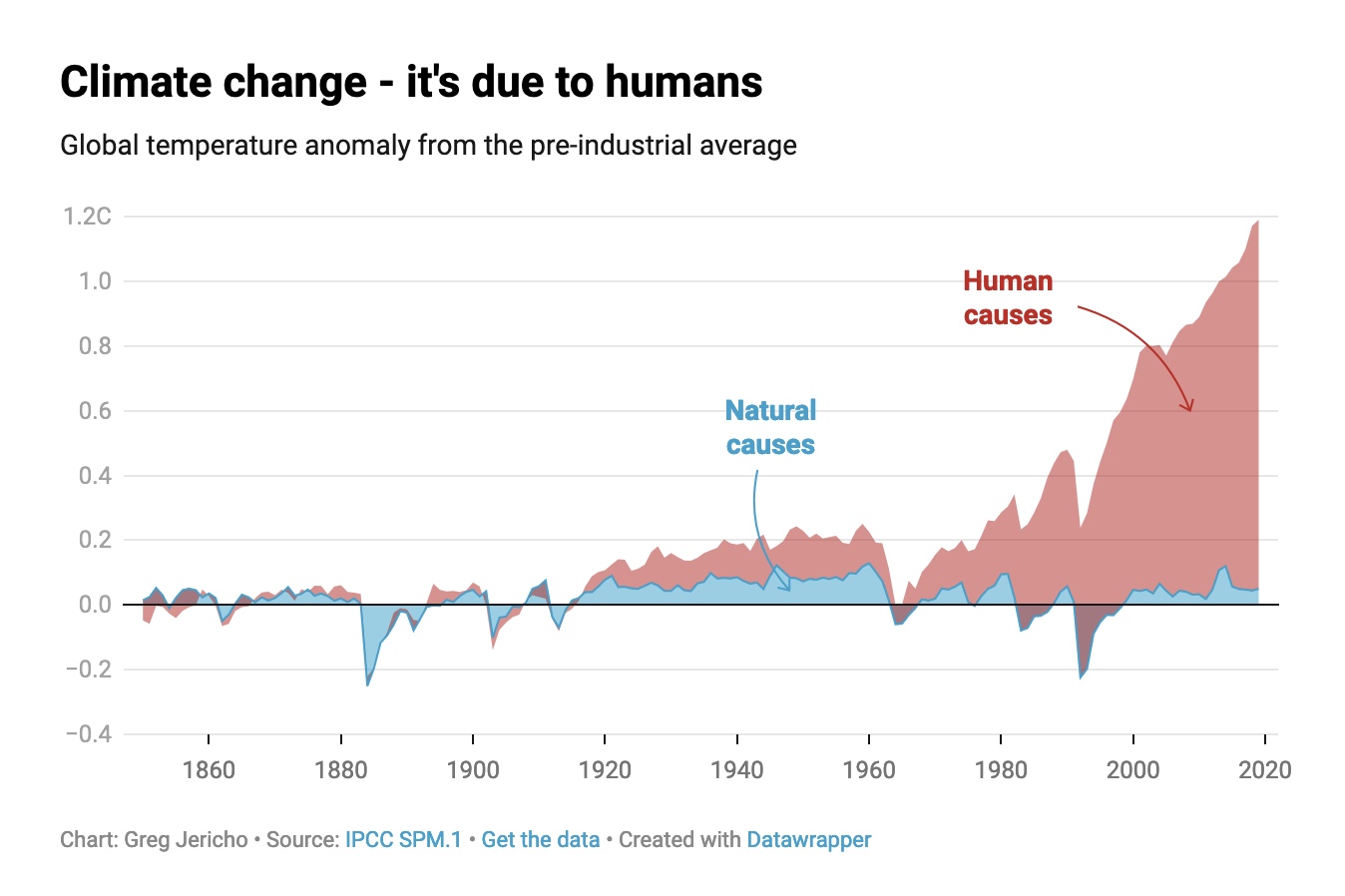
2. Renewable becomes the “new normal”
In positive environmental news for 2021, the world looks set to expand renewable sources of electricity in coming years at a much faster pace than prior to the pandemic. In a report published in May 2021, the International Energy Agency (IEA) noted that the expansion in wind and solar energy became the ‘new normal’ during the pandemic: Renewable electricity capacity reached 280 gigawatts (GW) in 2020, displaying an annual growth rate of 45% which was the highest increase in two decades. Now in 2021, nearly 270 GW of renewable power capacity was expected to be added to the global energy mix.
The report highlights China as the main driving force behind current and future acceleration in renewable energy, with Europe, the U.S. and India following behind. Nevertheless, it underscores the need for major policy changes and investments in clean energy, and remains uncertain whether the current increase is sufficient to combat the parallel rise in carbon dioxide emissions from other sources like coal.
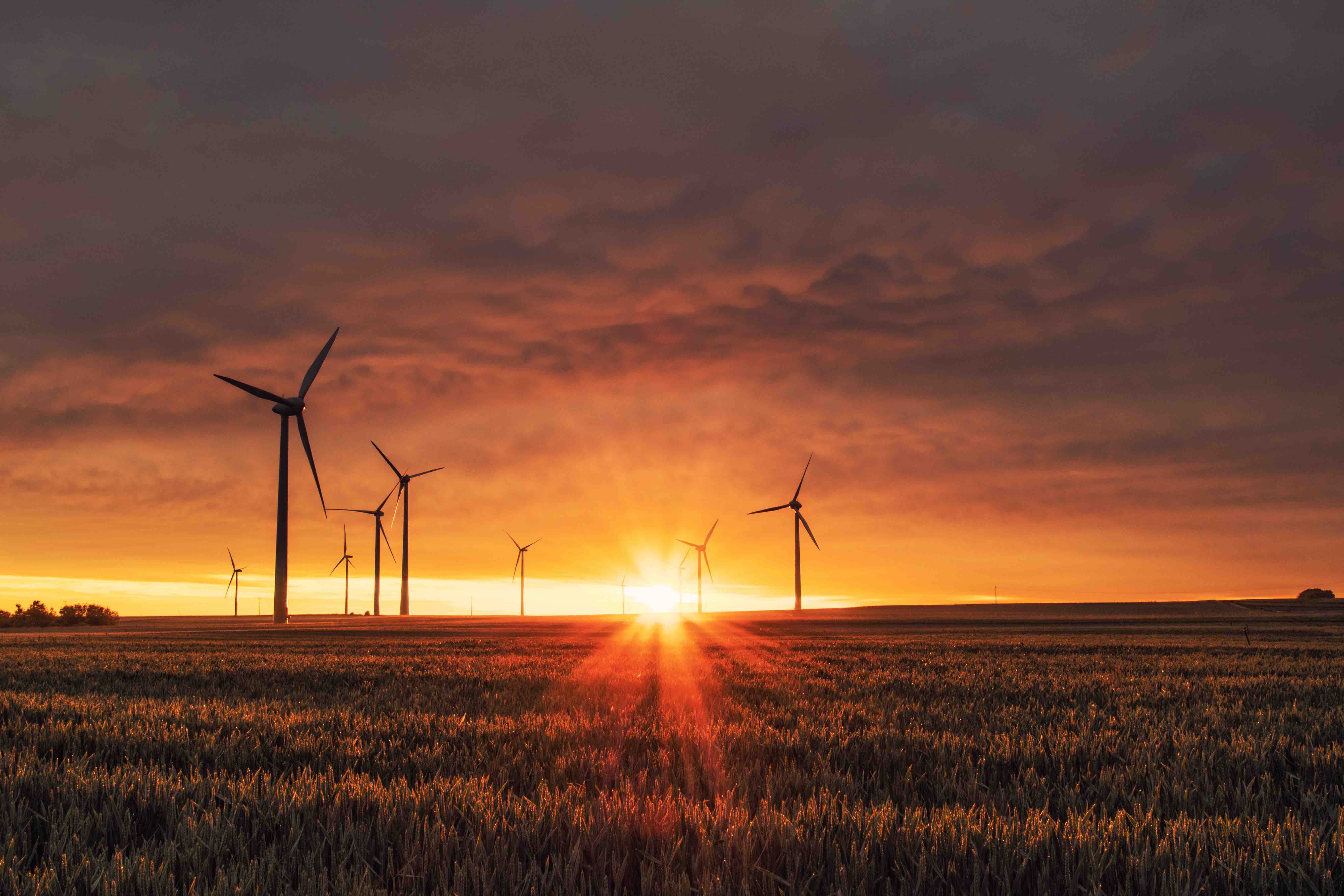
3. Natural disasters rise to an all-time high
Among the natural disasters making headlines in 2021 was North America’s deadly heatwave in June 2021, with temperatures in the Canadian province of British Columbia hitting a record high of 46.6°C. How “natural” was this disaster? A group of 27 scientists analysed data to conclude that the global average temperature increase of 1.2°C since pre-industrial times made the extreme heatwave at least 150 times more likely to happen.
The planet, indeed, has suffered a five-fold surge in climate and weather-related disasters over 50 years. According to a September 2021 release by the World Meteorological Organisation (WMO), natural disasters accounted for 50% of all disasters between 1970 to 2019, were responsible for 45% of all reported deaths and the reason behind 74% of all reported economic losses. The agency cited peer-reviewed studies in the Bulletin of the American Meteorological Society which reveals major human influence at play in 62 of the 77 events reported between 2015 to 2017.
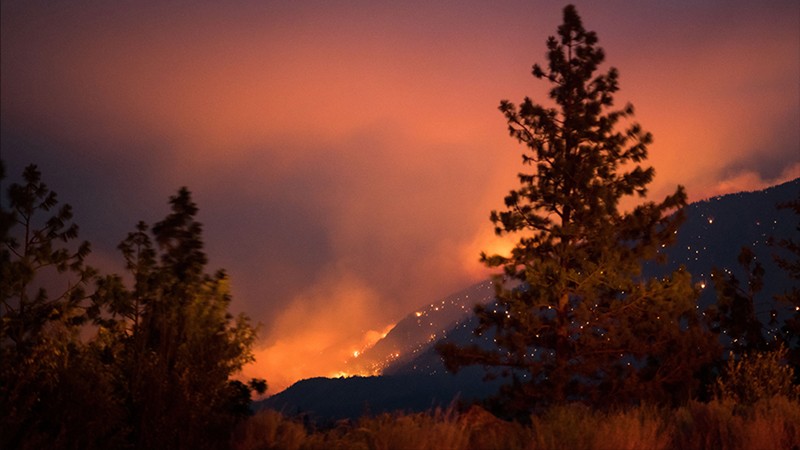
4. PPE kits join the rank of top 10 items littering the ocean
Ocean Conservancy brings together volunteer groups for its International Coastal Cleanup (ICC) on the third Saturday of September every year. Their aim: to remove trash from the world’s coastline while collecting data on what pollutes the world’s waters. For instance, in their research the organization has found that plastic makes up all of the top 10 most commonly found items since 2017, indicative of a precipitous rise of single-use plastic production and consumption. Though this trend shows no sign of abating, there has been one significant development last year; the new entry into the line of plastic products littering the beaches by PPE kits.
In its 2021 report (based on 2020 cleanup data) the organization cites that its volunteers collected 107,219 pieces of PPE over mere 6 months, with 75% of PPE encountered made of single-use plastic!
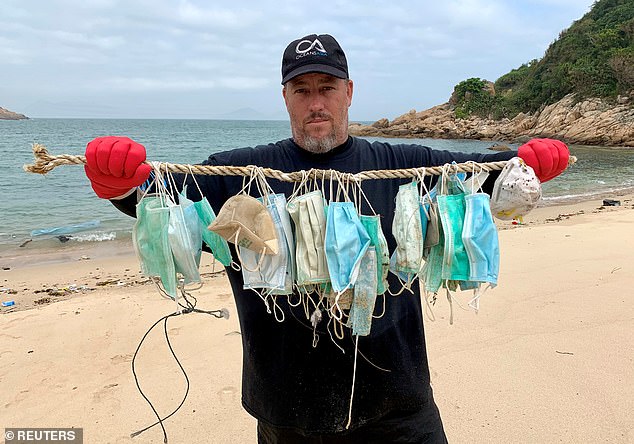
5. Glasgow Pact signed amidst mixed reaction
After two weeks of nerve-wracking negotiations amongst world leaders alongside massive protests, COP 26 finally concluded with the adoption of Glasgow Climate Pact in November 2021. Nearly 200 countries signed the treaty, generating mixed responses that labeled it either success or failure.
The biggest achievement was an admission that country commitments to cut carbon emission are nowhere near enough to limit temperature rises within 1.5°C of pre-industrial levels. The deal urges countries to strengthen their 2030 emissions reductions targets by the end of 2022, and asks rich nations to “at least double” the amount of money they give developing countries for adapting to climate change. Though fossil fuels were targeted for the first time as the key driver for climate change (an action which was widely hailed), the last-minute change in language from “phaseout” to “phasedown” following a push by developing countries like India and Nigeria, left many disappointed and was the main source of contention.

6. Forests continue to face the axe
In February 2021, the world woke up to the news that in the millenia since the last ice age 10,000 years ago, we’ve lost one-third of global forest due to a growing demand for agricultural land and land for grazing, To put things in perspective, 6 billion hectares of forests covered 45% of Earth’s land at the end of last great ice-age of which 1.8 billion hectares were lost in the last 5000 years and a loss of 1.4 billion hectares happened in the last 300 years alone. In another related eco news, it emerged that every minute, forests the size of 20 football fields are cut down and at this rate of deforestation we will have no rainforests left at the end of the century.
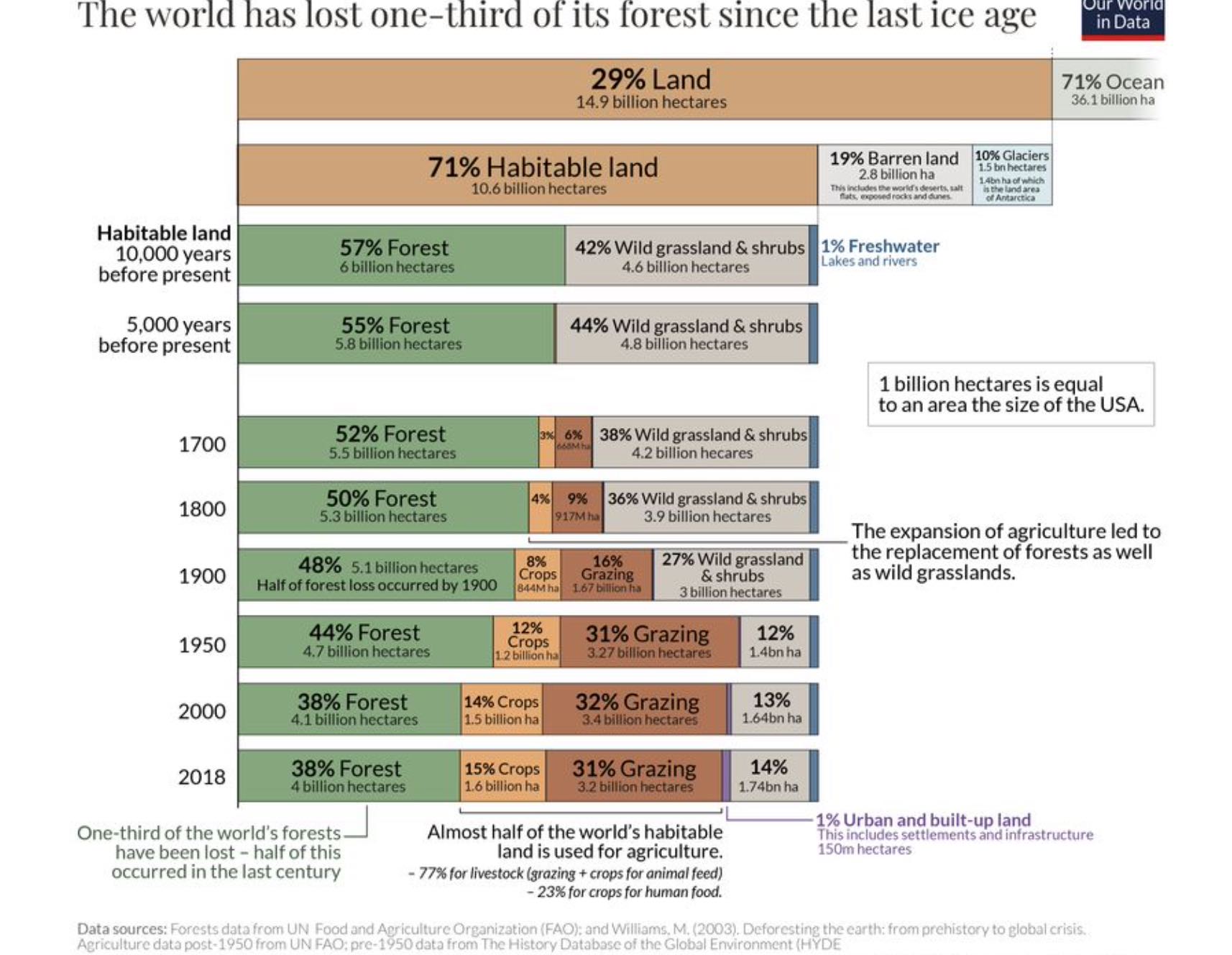
The big emitters up their climate pledges
In July 2021, The European Union (EU) unveiled a series of climate-related policies under its “Fit for 55” package, with the goal to become climate neutral by 2050. The proposal, also known as the European Green Deal, faces the probability of years of negotiations and contains ambitious plans to tax jet fuel and effectively ban the sale of petrol- and diesel-powered cars within 20 years. With climate action making up its very core, one of the key initiatives under it is the 2030 Climate Target Plan with an aim to make the EU carbon neutral by 2050 including the intermediate target of an at least 55% net reduction in greenhouse gas emissions by 2030.
Globally, the U.S. pledged to achieve a 50-52 percent reduction in greenhouse gases from its 2005 levels by 2030, China vowed to hot peak emissions by 2030 and become carbon neutral by 2060, and India has promised to achieve a target of net zero emissions by 2070.
Polar regions are warming faster than ever
It isn’t news that the polar regions are heating up faster than the rest of the world – this phenomenon of arctic amplification is well accepted. But in a paper presented by a climate scientist at NASA’s Goddard Space Flight Center, analysis showed that arctic regions experience global warming more strongly – by a factor of not 2 but as much as 4 times. This moves the needle on how quickly we need to act to stem the melting of polar ice caps.
Meanwhile, Thwaites Glacier in Antarctica – the world’s wisest glacier – has developed deep and fast-moving cracks that weaken the stability of the ice shelf. The glacier has been receiving increased scrutiny in recent years; it already loses around 50 billion tonnes of ice each year and causes 4% of global sea-level rise. This fracturing can seriously upend the threat of rising sea levels. If the eastern ice shelf collapses, ice in the region could flow thrice as fast into the sea. And if the glacier completely collapses, it would raise sea levels by 65 centimetres.

Oil and gas majors face legal setbacks
May 2021 was dominated by the news of financial and legal blows dealt to “Big Oil” companies, namely ExxonMobil , Chevron, Royal Dutch Shell, as a direct result of various campaigns targeting the role of these companies in climate change. Production and use of oil & gas accounts for over half of global greenhouse gas emissions associated with energy consumption, and there has been increased investor pressure and activism targeting these companies to reduce carbon emission. Among the outcomes: the Dutch court ordered Royal Dutch Shell to reduce its carbon dioxide emissions by 45% from the 2019 level by the end of 2030. This marked the first time a court had ordered a private company to reduce its carbon dioxide emissions. On the same day as the Shell decision, ExxonMobil unexpectedly lost a vote over the seating of board members over the matter of the company not doing enough to advance low carbon projects. Chevron also lost a shareholder vote in the same week due its failure to cut emissions from companies part of its value chain.
In another major development and a win for climate advocates, the Keystone XL pipeline was forced to pull the plug on its $9 billion -1200 mile project after the Biden administration revoked their permit.
Oil spills further evidence the risks associated with fossil fuel
In one of the worst maritime disasters in Srilanka’s history, Singapore-flagged X-Press Pearl caught fire on May 20 en-route to Colombo carrying 350 metric tons of oil in its tanks and at least 81 containers of “dangerous goods,” including nitric acid – a highly toxic chemical used to make fertilizers. According to Thummarukudyil Muraleedharan, the acting head of the disasters and conflicts branch with the United Nations Environment Programme (UNEP) “This is the biggest environmental catastrophe to hit Sri Lanka since the 2004 Indian Ocean Tsunami”.
Meanwhile in the United States, a pipeline breakage off the California coast caused at least 126,000 gallons of oil into the Pacific Ocean, creating a 13-square-mile slick, and dealing a deadly blow to surrounding wetlands and wildlife.

Related Articles
The big thaw| Reasons behind glacial melting and what it means for life on earth
Solar Energy | Sembcorp has more than the Tengeh Floating Platform on its agenda



0 Comments